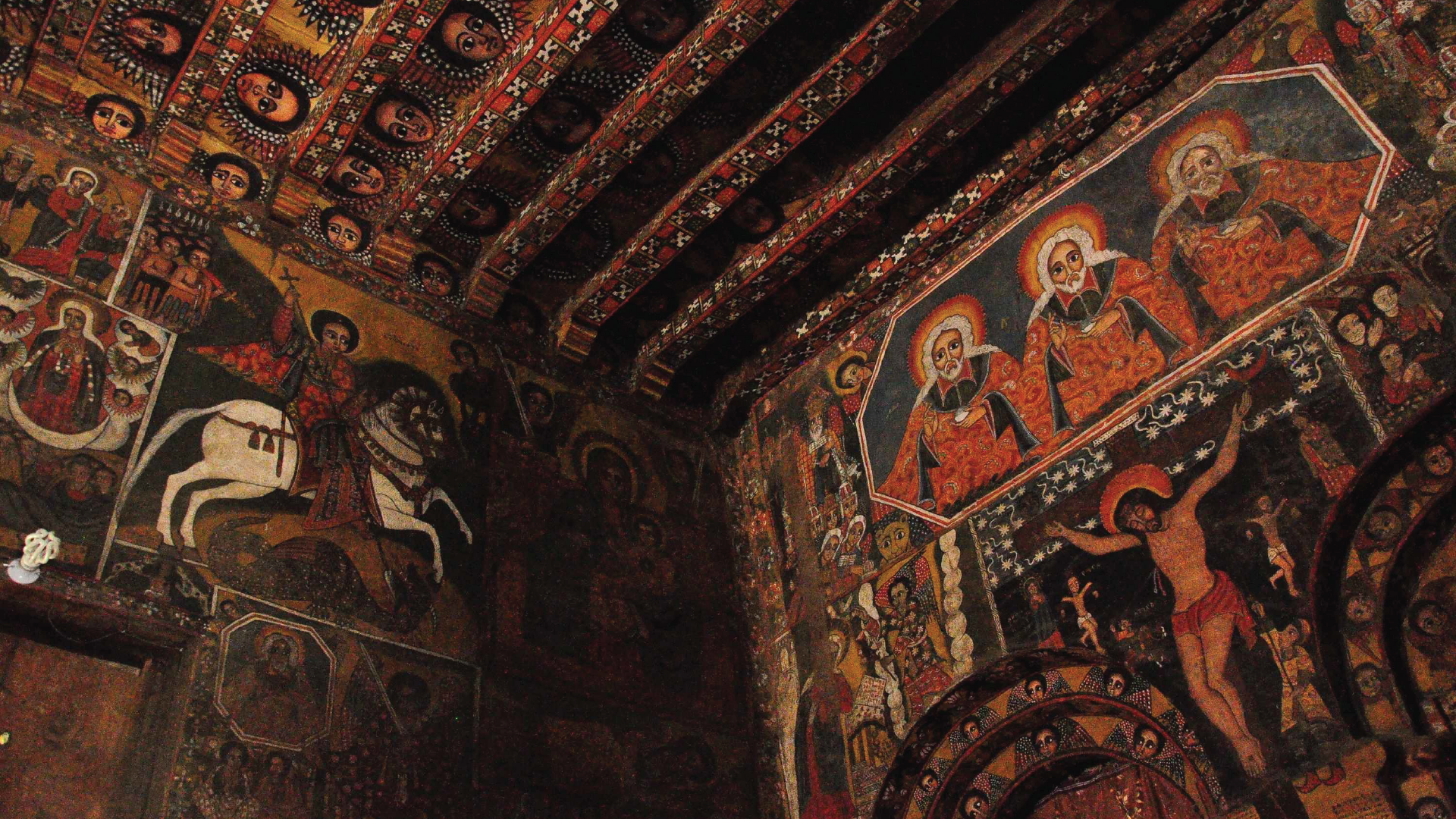Misty highland meadows and tall escarpment forests make up much of Southern Ethiopia, but the region is also incised by the gaping kilometre-deep tectonic scar we know as the Great Rift Valley, its acacia-swathed floor dotted with beautiful lakes renowned for their diverse profusion of birds. The ethnic diversity of this astonishing region embraces modern cities such as Hawassa and Arba Minch, but also the walled hilltop warrens of the Konso Cultural Landscape, the remote tribes of South Omo, the singing wells of the desert-dwelling Borena, towering Dorze homesteads and thousand year old island monasteries.
- Lake Ziway’s Tullu Guddo Island is where Ethiopian tradition says the Ark of the Covenant was stowed during the 9th century, while nearby French-owned Castel Winery produces East Africa’s finest wines.
. - Named after the two large lakes within its borders, Abijatta-Shalla National Park is an important waterbird sanctuary, hosting up to 300,000 pink-hued flamingoes at the end of the rains.
. - The hilly 58km2 Senkele Swayne’s Hartebeest Sanctuary is the easiest place to see the endangered endemic antelope for which it is named.
. - South Omo is a unique cultural kaleidoscope populated by 16 different ethnic groups whose traditional ways of life include body painting and unique hair styles.
. - The environs of Yabello Wildlife Sanctuary, near the town of the same name, is the only place to see two ultra-localised Ethiopian endemics: Stresemann’s bush crow and white-tailed swallow.
. - Nech Sar National Park protects a spectacular landscape of mountains, lakes and forests, and it harbours 70-plus mammal species, as well as prodigious crocodiles and the endemic Nechisar nightjar – the latter arguably the world’s rarest bird.
Getting There
Arba Minch is the only southern Ethiopian town serviced by flights. These are operated by Ethiopian Airlines which should also resume flights to Hawassa (the regional capital) and Jinka, the capital of South Omo, following the completion of new airports currently under construction.
Most trunk roads through Southern Ethiopia are asphalted, but many minor routes remain unsurfaced, as do tracks in the national parks and other reserves.

